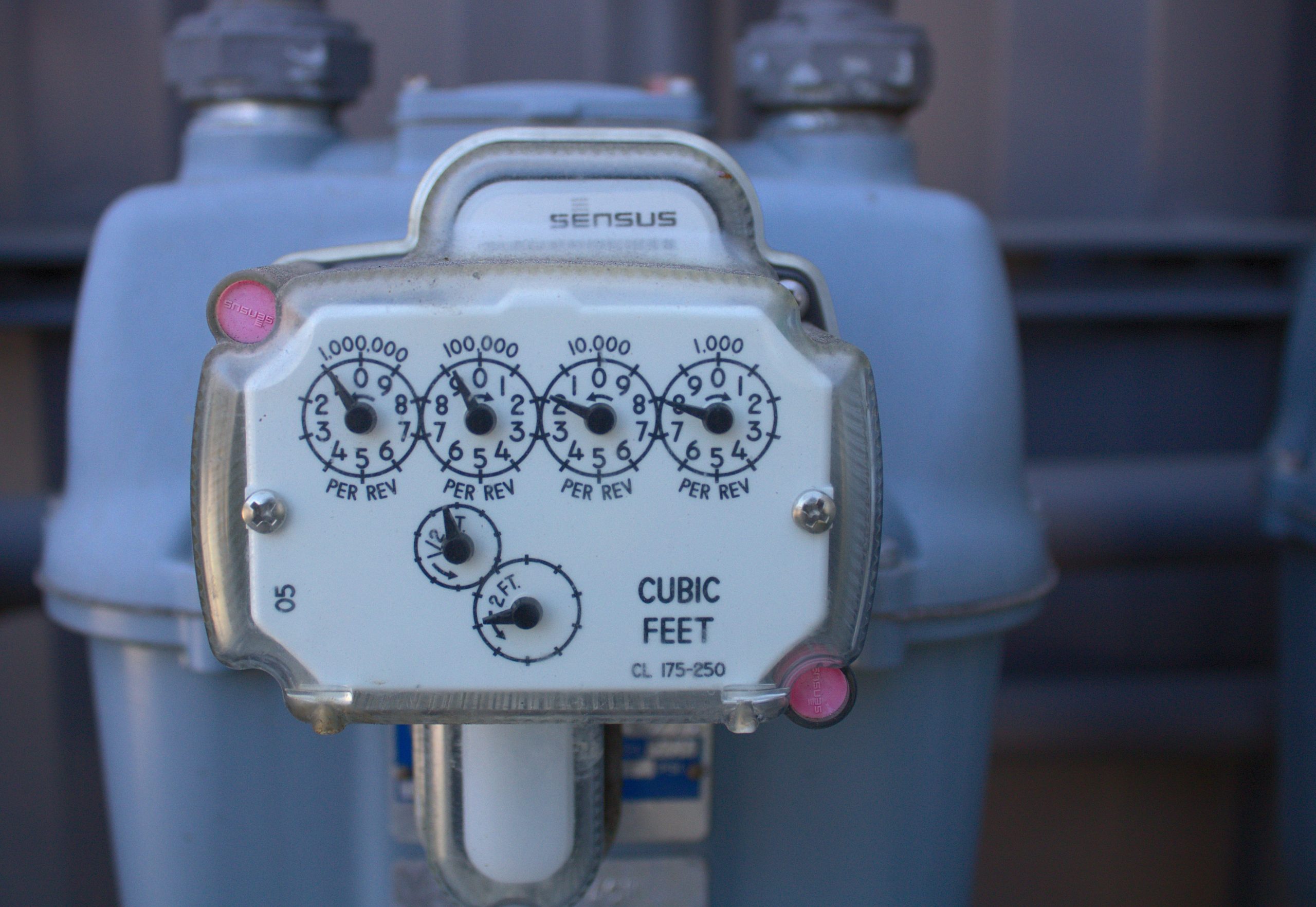U.S. Carbon Emissions Today are at an Over Three-Decades Low
Thanks to natural gas, 61% of those total CO2 emission savings are due to switching away from coal-fired electric power plants over the last 15 years.
At the same time, carbon-free renewable energy resources are growing at a record pace – an exciting development as it surpassed coal in U.S. electricity production (19%) for the first time in 2020, a pivotal step forward in reducing carbon emissions.
Natural gas serves as a flexible, real-time foundational energy source when solar and wind are unavailable to meet our 24/7 energy needs. That’s why it’s so important to keep natural gas as part of our energy equation.

